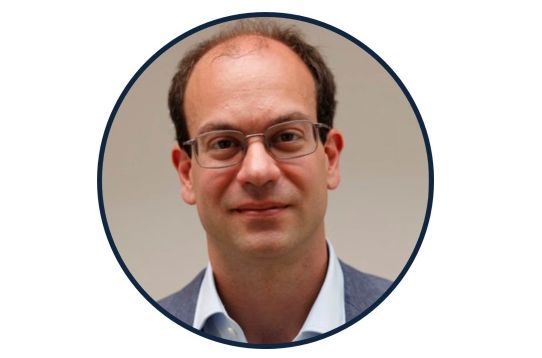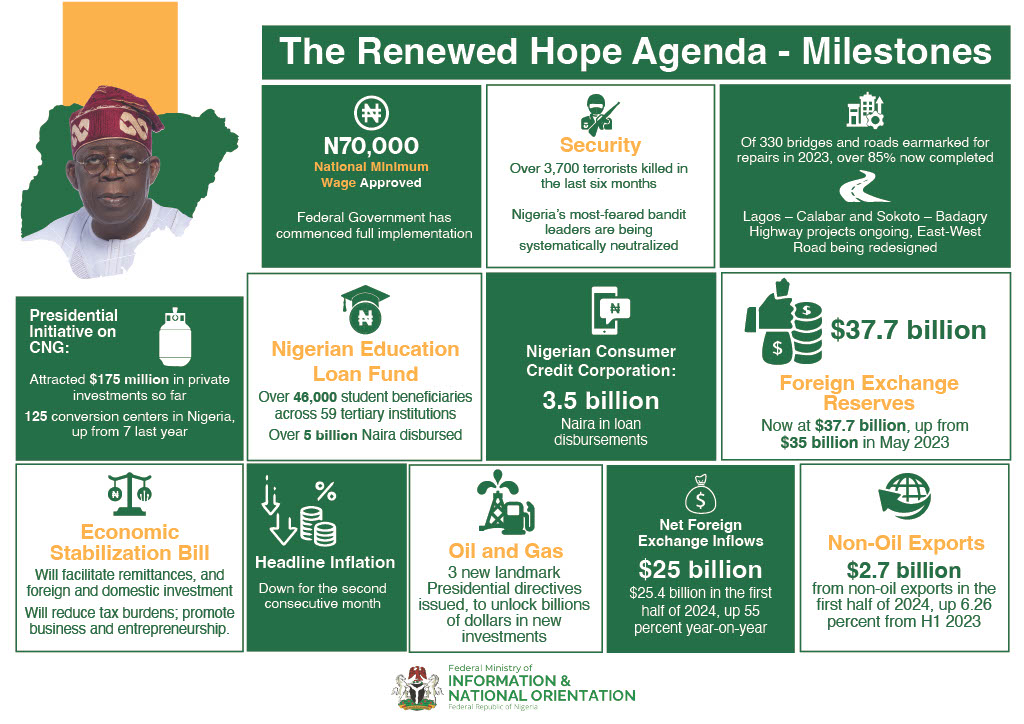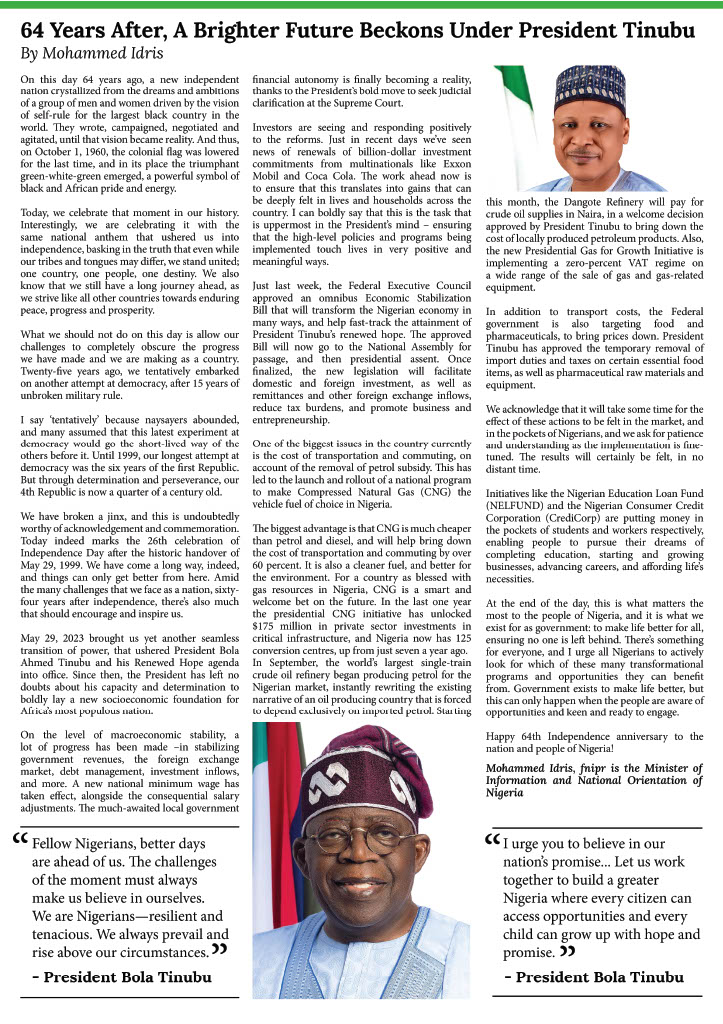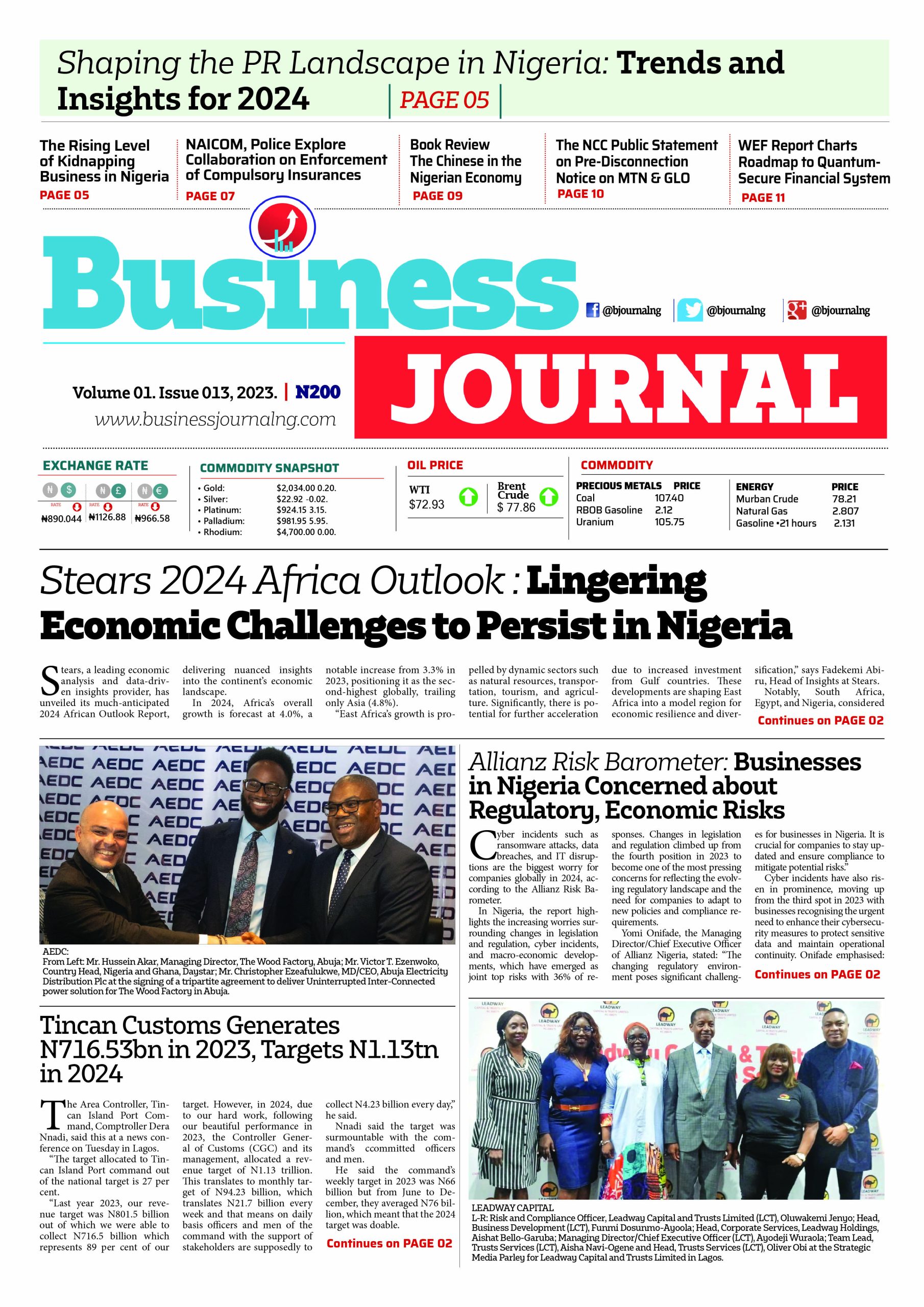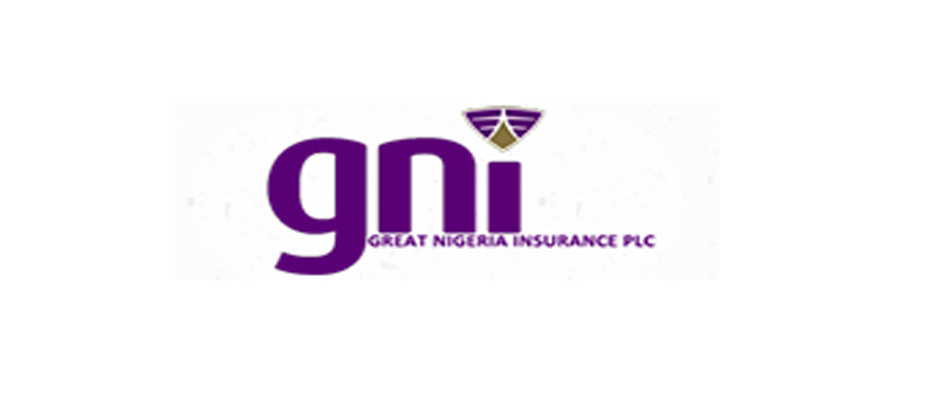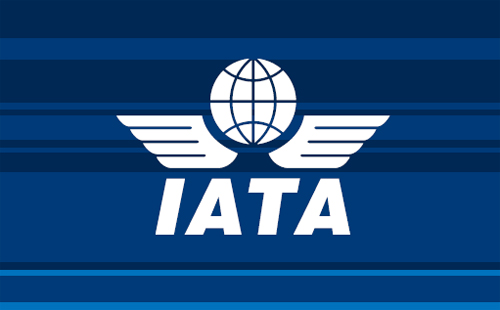In this Special interview, Dr. Corvin Codirla of FX MasterClass, addresses the ABC of forex trading and the great opportunity of generating sustainable income.
What is Forex Trading
My definition of Trading is: “The act of sequential decision making under uncertainty with the goal of extracting value out of the market.”
You see, like almost every decision in life, the act of putting on a position, of buying or selling an asset involves uncertainty about the future. You just don’t know if it will pay off or not.
A very pertinent example of this kind of uncertainty occurred on the 24th June this year: the UK referendum. Right into the night of the vote, the majority of market participants were convinced that the UK would vote to remain, pushing the price of the British Pound higher and higher as the evening progressed.
Once the vote counts came in and the actual outcome became clear, the British Pound lost 4% in the first five minutes, and continued to lose another 7.5% in the following four hours. This is a phenomenal move for currencies.
People on the wrong side of this one trade lost a lot. And these were the majority.
You see trading is not about getting one decision right. It is about identifying underlying factors that continue to pay you, and taking the right risk size to continue to survive another day.
This is true for any trading strategy as well as any asset class, be it equities, commodities, fixed income, as well as Foreign Exchange.
What is the Forex Market
The Forex Market concerns itself with the exchange rate of the cash between two countries. It is the purest form of Macro Trading available. It concerns itself with the relative economies between two countries, their economic and political policies, and future outcomes of these policies.
You can split the currency market into those currencies that belong to the “developed” economies. These currencies tend to be called the G10 currencies and are: the US Dollar (USD), the Euro (EUR), the Japanese Yen (JPY), the British Pound (GBP), the Swiss France (CHF), the Australian Dollar (AUD), the New Zealand Dollar (NZD), the Canadian Dollar (CAD), and the two Scandinavian currencies also knows as the Skandies: the Swedish Krona (SEK), and the Norwegian Krona (NOK).
The volume traded on these currencies tends to be the highest on a daily basis.
You also have emerging market currencies, which are classified by region. For instance in Africa, you have the South African Rand (ZAR). In the Americas, you have the Brazilian Real (BRL) and the Mexican Peso (MXN). Within Eastern Europe, you have the Polish Zloty (PLN), and the Romanian Leu (ROL).
Within Asia you have the Indian Rupee (INR), the Malaysian Ringgit (MYR). Of course, there are many others.
These are classified as emerging market currencies primarily due to the volume traded in them, as well as the ease or lack thereof in trading them, for instance due to restrictions on taking money out of the countries, leading to on-shore as well as off-shore markets.
Emerging market currencies are also much more volatile. A very recent example is the impact of the news of a military coup in Turkey on the 15th July, which sent the Turkish Lira (TRY) falling by 3% in 10 minutes.
Regardless the background of the currency, there are some fundamental factors that drive its value with respect to other currencies:
1) Interest Rates. Traders always look for high yielding opportunities. If your country has low interest rates, but a neighbouring country has high interest rates, it makes sense to borrow in your domestic currency and invest in the foreign currency.
2) Value: market currency prices, like the price of any other asset can be out of sync with the underlying value it represents. For instance was the British Pound in 2007 really worth 2.1 US Dollars, given it collapsed to 1.34 dollars only one year later? It is unlikely that the relative economies changed so drastically.
3) Momentum: market crowd behaviour. Market shocks can lead to major moves that last and last. The UK referendum is such an example.
4) Mean-Reversion: currencies aren’t like Yahoo stock that goes from $5 to $100 and back. They tend to oscillate around an average. This is true over various timescales.
Ultimately, currency trading means taking these four factors, which have provided profits for decades, and constructing portfolios that extract value out of them.
Many People Believe that Forex Trading is a Huge Risk. What are the Gains
The risks that people talk about result from the high leverage that most Forex brokers offer.
Let me give you an example. If a broker offers a 1: 500 leverage, it means that with $200 you could hold a $100,000 position.
Of course, if the position goes against you by 50 pips (which is half a typical daily move in the currency market) you lose everything. In essence, high leverage allows people to gamble: nobody can predict with 100% accuracy what the market will today.
BUT, just because you can use up the full leverage DOESN’T MEAN you should! Leverage therefore can be seen as a financing cost. Let’s say that you have $10,000 at your disposal. And that you are willing to take up to three times leverage. That means taking a position that isn’t bigger than $30,000. In this case the amount the broker will take as a deposit to secure this position will be $150.
Therefore the possible leverage a broker offers DOES NOT mean actual risk! However, this kind of leverage becomes really useful when you use the right kind of money-management.
You see, trading is not about being right. It’s about making significant amounts of money when the trade goes in your favour, and losing little when it doesn’t.
The methodology that allows you to achieve that is called Kelly-betting. Something that we cover in great detail in the FX Trading Master course, and a methodology used by the best hedge funds out there.
How Does Currency Fluctuations Impact Traders / Solution
Of course, currency fluctuations affect the real economy. If you are an exporter and your local currency has lost value compared to your neighbouring countries, the amount of profits in your own currency will go up from the exports you make. So real businesses have to take into account what they believe their currency will do in the future.
For instance, in the case of the UK referendum, many US business men made 10% profits overnight on the goods they were importing from the UK, since they had to pay 10% less in US Dollars, as the British Pound devalued.
Of course, for a trader, these fluctuations are the source of opportunity! It’s just like buying and selling a stock at the right time.
To be able to determine which currencies to buy and sell, you need to have a thorough understanding of the four factors listed above.
This is what the FX Trading Master Course is all about.
What is the Minimum Investment for a Successful Trading
$10,000 is a good starting point. You can start with less, but there are certain crucial challenges you need to overcome: since you are aiming to produce consistent long-term results, it means that your risk taking will be constrained.
So even if you are targeting 100% returns a year, starting out with $1,000 will only provide you with $1,000 returns in one year. This is psychologically not engaging.
When it comes to trading, you need to view it as a business that demands your full engagement and discipline. This means maintaining the right psychology. It is very difficult to be disciplined and psychologically engaged, when the rewards are not in line with your expectations.
Therefore a good yardstick would be to ask yourself, how much money a year would youlike to make and then work backwards to the amount that you should invest.
What % of Income Should a Beginner Invest in Trading
There is an age old breakdown that says saving 10% of your income is one of the first steps to riches. The problem with saving is that most people have a strange idea of what to do with that money. They save it for a rainy day, or for buying a car, or other items, which lose value.
The purpose of saving is to have capital which you can set to work so that it increases. Remember the saying “make your money work.”
It’s the same with your savings. The whole purpose of saving is to invest in assets which will increase your wealth.
The other truth is that you shouldn’t invest all your eggs into one asset basket. If you take the approach of Risk Parity, this would imply taking 80% of your saved assets and putting them into bonds, which are low risk investments. The other 20% should be allocated among risky investments such as equities, commodities, and of course Foreign Exchange.
So,in a nutshell, 2% of your income is a good reference point.
How Long Does it Take to Make Profit in Forex Trading
With the methods that I teach in the FX Trading Master-class, the expected time to doubling your money is one and a half years.
How can we be so sure?
You will learn portfolio and risk management strategies in the FX Trading Master Class. It relies on being able to test the methods I teach in a black-and-white fashion, with historical data, going back decades.
Using this data and using Kelly-betting, we can use some straightforward portfolio analysis to determine the expected time range to doubling your capital.
However, the key point here is expected. As with anything in trading, we can determine an expectation, and then measure the risk we face in actually achieving that outcome.
Again, we cover the details within the FX Master Class.
This is crucial. Unlike most other educational programs, I give my students the tools to actually monitor their performance and use that information to adapt their trading to ensure longevity of their capital. This is a key ingredient to developing a successful trading business.
Which Body Regulates Forex Trading / In the Event of Dispute, What Resolution Mechanisms are Available
The international Foreign Exchange markets are actually unregulated. The reason is the decentralised nature of Foreign Exchange trading. Every trade you execute is done with an individual counterparty. In the case of retail trading, the counterparty is a retail broker. It is the retail broker who ultimately is responsible for ensuring that they pay you your profits (or take the resulting losses) from the account you hold with them.
Now in most countries, retail brokers are regulated. The regulation tends to be imposed and exercised by an independent body.
In the United Kingdom it is the FCA, which is independent of the government. In the US, it is the CFTC and the SEC, which are both government agencies.
This means that retail brokers have to abide by the rules of these bodies if they want to provide certain services, and if they don’t, they will face punishment, usually in the form of fines, sometimes imprisonment as well, depending on the severity of the misdemeanour.
Within Nigeria, the Association of On Line Forex Trading Agents, the SEC (Securities and Exchange Commission) and the CBN (Central Bank of Nigeria) are looking for ways to formalise and regulate the interaction between brokers and retail clients and create confidence in Forex Trading.
When will the FX Trading Master Course Run Again in Lagos
The current FX Trading Master Course will run on the 9th and 10th September of 2016 at the Four Points Sheraton Hotel, on Victoria Island in Lagos.
How will Participants Benefit from the Lagos FX Trading Master Class Course
Let’s go back to the definition of trading: “The act of sequential decision making under uncertainty with the goal of extracting value out of the market.”
The FX Trading Master Class will show you exactly, step-by-step, how to extract value out of the FX Markets in the same way the big Hedge Funds, Asset Managers, and Investment Banks extract value out of the Foreign Exchange markets.
The content is unique and gives you an institutional insight into how real trading professionals make money trading.
Attending the class will give you the confidence to take trades and know that you will achieve measurable outcomes, based upon economic and market rules that have been tested and are used by the best professionals in the field.
By the end of the course, you will have a solid foundation in trading, the Foreign Exchange markets, and strategies that have been proven to generate consistent long-term profitability.
The course also covers what it means to set up a Hedge Fund and how to go about doing that.
You will also belong to the FX Trading Master Course community, which involves on-going support in your trading, provides questions to any answers you may have, and allows you to follow the strategies that you learn.
You can register here: http://fxmastercourse.com/landing/lagos-fx-trading-master-course-september-2016/.
About Dr. Corvin Codirla
I started my career in the City of London in 2001, after completing my PhD at the University of Cambridge in Theoretical Physics in Stephen Hawking’s group.
Since then I have worked at various Hedge Funds and Investment Banks developing trading strategies.
From 2010 to 2015 I ran my currency hedge-fund, CCFX, with $50 mm assets under management.
It delivered 73% since inception, with a Sharpe Ratio of 2, and was awarded a Top 10 Award by BarclayHedge in 2015.



